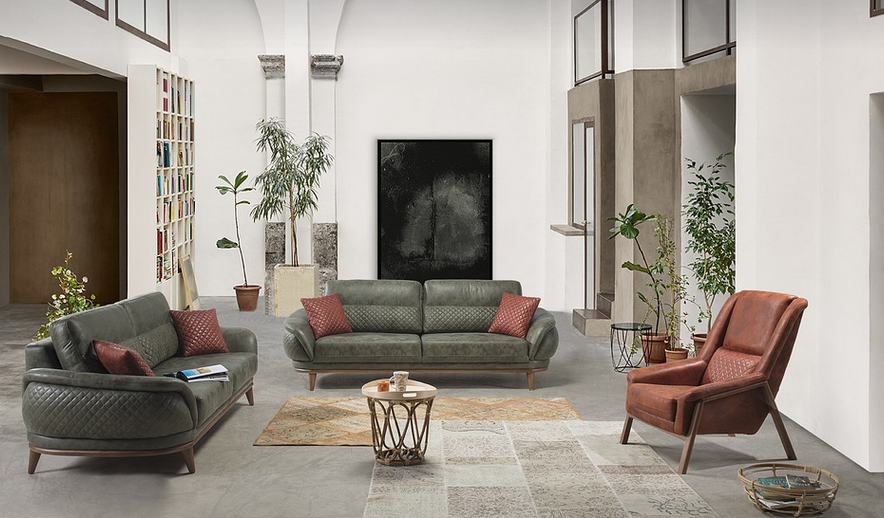The Rise of the Home Decor Hustle
You’ve probably seen it everywhere: Instagram influencers showcasing their beautifully restored vintage pieces, TikTok videos of furniture transformations, and magazines filled with stories about savvy home decorators. Flipping furniture has become a cultural phenomenon. But is it all just hype? Can you really turn a pile of forgotten junk into a profitable endeavor in the heart of 2024?
The truth is, flipping furniture can be lucrative…but it’s not as simple as grabbing a hammer and painting some wood. It requires dedication, strategy, and a healthy dose of creativity. It involves more than just finding a good deal on the internet or hitting up flea markets.
A Deep Dive into the World of Furniture Flipping
First, let’s dive into what makes furniture flipping so appealing. It taps into several trends: sustainable living, personalized spaces, and the yearning for unique items that tell stories. We live in a world obsessed with aesthetics, and furniture holds a key role in shaping our homes. Flipping allows you to give forgotten pieces new life, breathing character back into these everyday objects.
The appeal goes beyond just aesthetic. It’s about finding value and transforming it into something beautiful and functional. It’s about understanding the soul of an old chair or a salvaged table, seeing its potential even when others might miss it.
The Secret Sauce: What Makes Furniture Flipping Profitable
The real magic lies in understanding what makes furniture flipping profitable. It’s not just about finding cheap materials—it’s about knowing the market trends, anticipating consumer desires, and mastering the art of visual storytelling.
Here are some key ingredients to success in this world:
- **Mastering the Art of Sourcing:** Finding the right pieces at the right price is crucial. It’s about understanding where to source – local thrift stores, flea markets, estate sales, online platforms like Facebook Marketplace, and even Craigslist.
- **Knowing Your Audience:** What kind of buyer are you catering to? A minimalist who loves clean lines and functionality? An eccentric soul drawn to vintage finds with a unique story?
- **The Power of Creativity:** This goes beyond just repainting. It’s about understanding the potential of each piece, seeing it through new eyes, and transforming it into something that resonates with your target audience.
The Business Side: Turning Passion into Profit
Flipping furniture isn’t just about passion; it’s a business. You need to invest time in planning, research, marketing, and even legal aspects like licenses or permits if you operate as a formal business.
Here are some crucial areas to consider:
- **Creating a Brand:** A strong brand identity sets you apart. It could be your name, a unique style, or a story about your furniture transformations that resonates with people.
- **Building Your Online Presence:** A professional website showcasing your work, including high-quality images and clear descriptions of each piece, is essential. Social media platforms like Instagram are perfect for sharing your journey and connecting with potential buyers.
- **Networking and Collaborations:** Collaborating with interior designers or event planners who frequently seek unique pieces can open doors to larger opportunities. Connecting with other furniture flippers can offer valuable advice and insights about the market.
The Challenges: Navigating the Flip
But let’s be honest, it’s not always a whimsical fairytale.
Flipping furniture comes with its challenges.
Some of these include:
- **Resourcing:** Finding good pieces that are actually in demand and fit your style can sometimes require patience and persistence
- **Competition:** The market is becoming saturated, so you need to differentiate yourself through a unique approach.
- **Time Management:** It’s not just about finding the right items; it also requires time for cleaning, restoring, and presenting each piece in its best light.
- **Risk of Setbacks:** Unexpected delays or repairs can happen. Being ready to adapt your plans is key.
The Future: Trends Shaping Furniture Flipping
The world of furniture flipping continues to evolve, driven by new trends and evolving tastes:
**Sustainability**: Consumers are increasingly seeking eco-friendly options. Using reclaimed materials, vintage finds, or upcycling old treasures is key to attracting this audience.
**Customization:** People want their homes to reflect their uniqueness. Offering customizable pieces, allowing them to choose their finishes and styles, adds a personalized touch.
**Unique Experiences:** Think pop-up shops, workshops where you guide clients through the process of creating their own pieces, or even collaborating with local artists for unique designs.
The Bottom Line: A Chance to Reimagine
Whether it’s a side hustle or a full-fledged business venture, furniture flipping is all about passion, knowledge, and a knack for transforming the ordinary into something extraordinary. It’s about seeing the potential in forgotten pieces and breathing life back into them.
So, is flipping furniture profitable? Absolutely! But it’s not magic. It requires dedication, a love for beauty and craftsmanship, and an understanding of the market. If you can master these elements, the world of furniture flipping may just be your next big opportunity.


